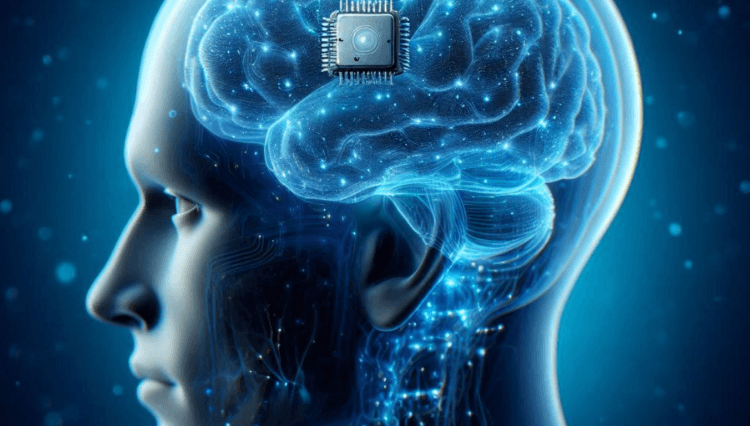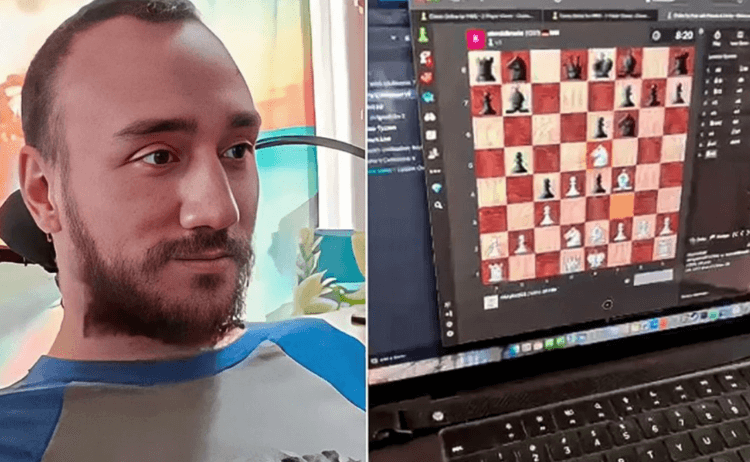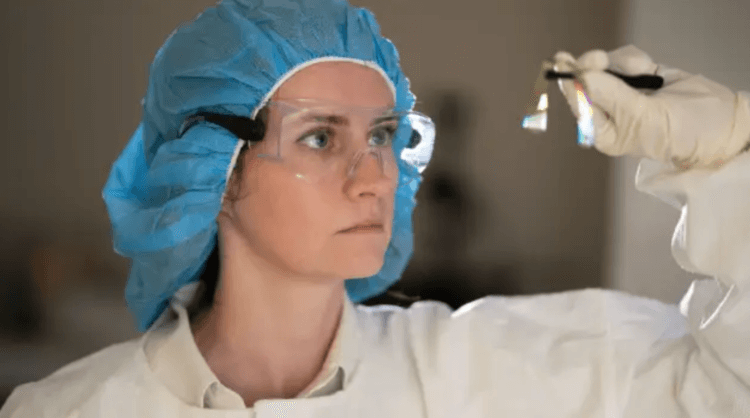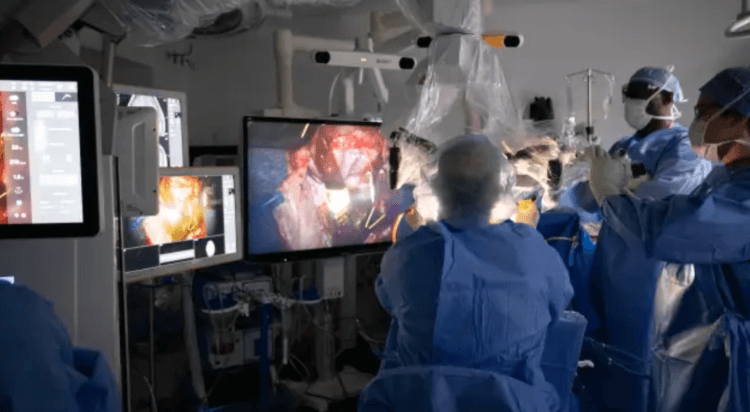Recently, a new world record was set for the largest number of electrodes implanted in the human brain. Brain-computer interface developers Precision Neuroscience placed four arrays, each containing 1,024 tiny electrodes, on the surface of a living human brain. The previous record was 2048 electrodes. This is an important indicator for a brain-computer interface, since the more electrodes it contains, the more data it receives from the brain. Accordingly, the interface in this case works more accurately.

For the first time, a chip containing more than 4000 electrodes was implanted into the human brain
How the brain chip works
Brain-computer interfaces, or BCIs, contain electrodes that record brain activity in different areas of the brain. This data is sent to an electronic device, which converts it into certain digital signals, thanks to which a person can perform various tasks with the power of thought. For example, there are BCIs that allow deaf and mute people to communicate, control robotic prostheses, as well as computers and gadgets.
Perhaps the most famous recently has been the chip from Elon Musk's Neuralink, which was implanted in a human head for the first time in late January 2024. It is designed to control a computer. For example, the first patient, a paralyzed man, can now communicate on social networks and messengers, and even play computer games “with the power of thought.”
A man implanted with a Neuralink chip plays computer games with the power of his thoughts. Photo source: report.az
However, it is not only Neuralink that is developing such chips. We previously reported that scientists from China's Tsinghua University successfully chipped a person back in 2023. Now a successful operation has also been carried out by Precision Neuroscience, created in 2021 by Ben Rapoport, one of the founders of Neuralink.
New brain chip with the largest number of electrodes
Ben Rapoport left Neuralink a year after its founding and assembled his own research team. The designers were tasked with creating a layer 7 cortical interface to maximize electrode density. Increasing the number of electrodes on the surface of the brain, as mentioned above, will allow the interface to generate more accurate signals.
As reported by CNBC, the size of each electrode array is 1.6 square centimeters. As a result, a person managed to implant 4096 electrodes over an area of just over 8 square centimeters.

Stephanie Ryder, an employee of Precision Neuroscience, holds a microelectrode array in her hands. Photo source: www.cnbc.com
Precision Neuroscience's patient was a man who underwent elective surgery to remove a benign tumor. That is, a separate operation was not required to test the chip. As Ben Rapoport himself reported, placing the four electrode arrays turned out to be a difficult task. To attach them to the right areas of the brain, high-resolution orthal mapping was used. However, all the efforts were justified by the high accuracy of the interface.
According to the developers, an important advantage of the Precision interface is the minimally invasive nature of their device. That is, the electrodes are not inserted into the brain tissue, but are attached to its surface during a simple and quick surgical procedure. If necessary, the electrodes can be removed without damaging the tissue.

The operation to implant the chip was successful. Photo source: www.cnbc.com
For comparison, the chip from Neuralink contains 64 ultra-thin wires, which include 1024 electrodes. They are literally screwed into the brain tissue to a depth of several millimeters. Because of this, some problems arose as a result of implantation of the chip – some of the electrodes were damaged.
Don't forget to subscribe to our Zen and Telegram channels so as not to miss the most interesting and incredible scientific discoveries!
Finally, we note that the technology proposed by Precision Neuroscience is still considered experimental. Therefore, interface testing continues. If they are successful, the device will become available to everyone in 2025. Meanwhile, some scientists are working on another technology that can read brain signals even without implanting a chip in the head. During one of the experiments, scientists even managed to convert human thoughts into text. and no surgical intervention was required.